How to Childproof Your Kitchen
http://decor-ideas.org 05/08/2014 23:02 Decor Ideas
Homeowners often refer to their kitchen as the hub of the house. It’s where many families hang out, socialize, work — and, of course, eat. But the kitchen is also the most dangerous room for babies and toddlers. “Kitchens have everything — fire, heat, toxins, sharp utensils,” says Anne Marie Radel, a babyproofing professional at Safer-Baby.
Although it makes sense to always supervise children in the kitchen, there are a few things homeowners can do to reduce accidents. I spoke with Radel and Linette Palmer, a babyproofing expert at Family First in Los Angeles. Here are some of their tips.
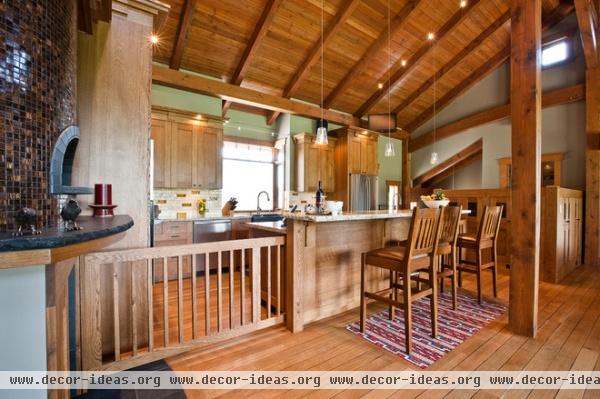
Block off access to the kitchen with safety gates. Every kitchen layout is different, and older galley-style kitchens are easier to block off because of their single point of entrance. Trendy open-plan kitchens integrated with the rest of the house present more of a challenge, and perhaps require more than one gate. Some parents might consider forgoing the blockage of all access points, in which case they can compensate with more aggressive safety measures in the rest of the kitchen.
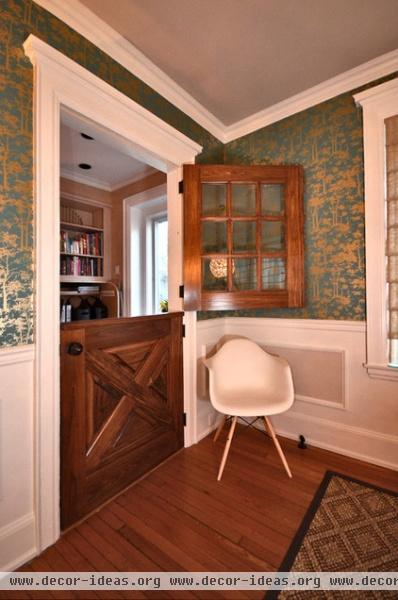
Consider Dutch doors as an alternative to a safety gate. If it makes sense for your layout, try Dutch doors, which are a costlier and permanent — yet charming — alternative to a safety gate. The door can remain long after your child grows up and will also help block kitchen access for pets. Also consider Dutch doors if your kitchen connects directly with an outdoor area. They maintain light and ventilation while blocking access for children and pets.
Remember that children eventually find a way to open everything, so lock the lower door when they’re older.

Dreambaby Refrigerator Latch, Silver, 2-Pack - $12.99 Latch everything. Install range knob covers or locks, and latch lower ovens, trash cans, refrigerators and dishwashers. These silver latches are great for stainless steel appliances. They’re much more discreet than the traditional white of typical babyproofing gear. Buy on Houzz
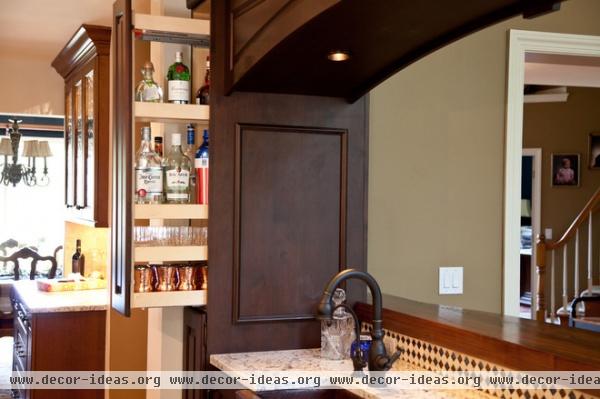
Store all toxic substances out of reach. Latch cabinets containing cleaners, chemicals and liquor or place them up high in a hidden shelf like the one pictured here.
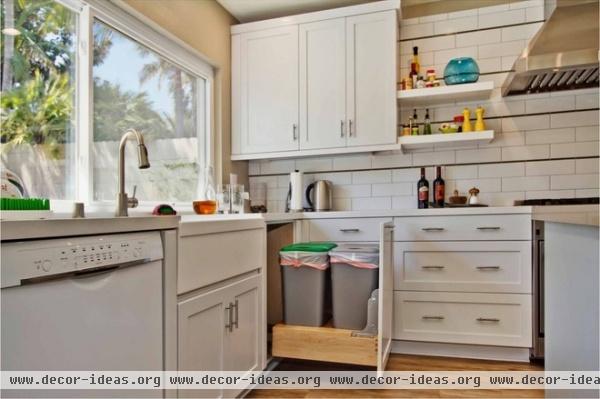
If space permits, consider built-in trash receptacles that pull out from cabinets. They appear clean and orderly and also are easy to latch properly.
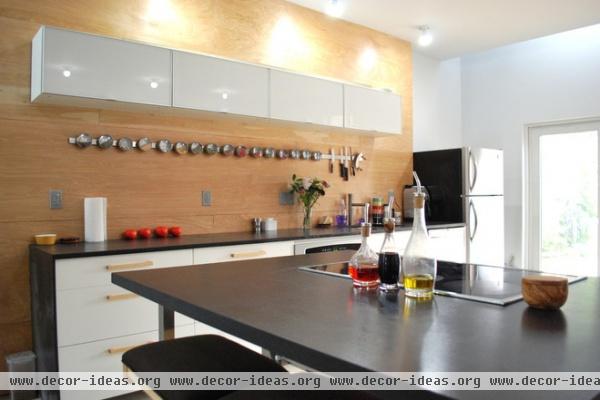
Move hazardous objects away from counter edges. Consider installing a magnetic strip like the one pictured here to store knives out of reach. Many babyproofing measures involve better home organization, with designated places to store items properly. If you end up with extra counter space and the ability to find what you need when you need it, the benefits are worth maintaining even after your child grows up.
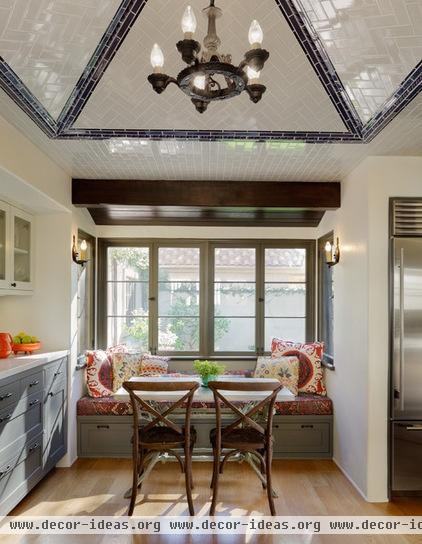
Remove all tablecloths and runners from nearby tables. Babies love to yank on any fabric within reach. If they pull a tablecloth, anything resting on the cloth will come tumbling down. If you want to add color to the dining area, add it through pillows and cushions.
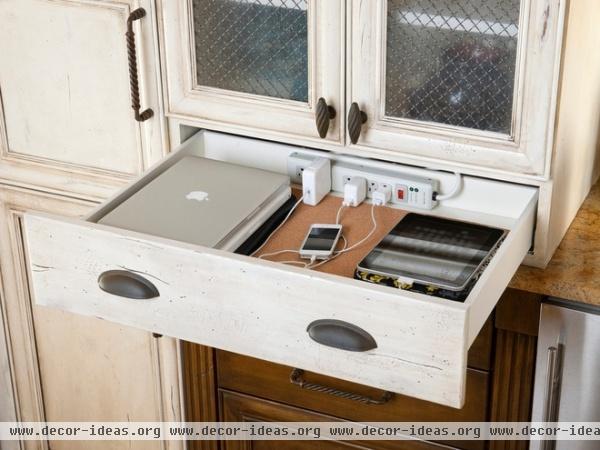
Cover low electrical outlets and stow appliances and electronics. Outlet plug covers work great when there’s nothing plugged into the wall. If you’ve got a busy kitchen outlet area, it could be easy for your child to start grabbing wires. Consider creating a drawer for your electronics, like the one seen here.
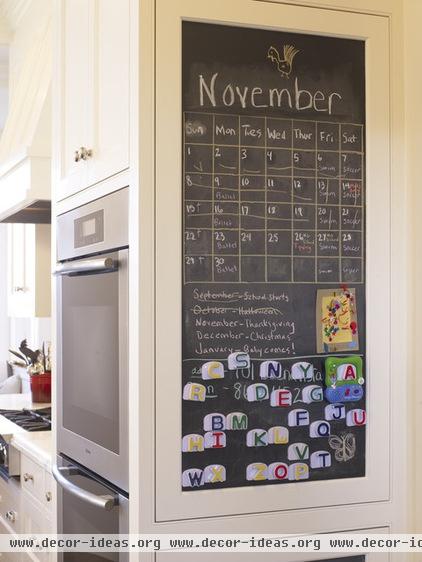
Remove magnets from the refrigerator. The general rule of thumb: Anything that fits inside a roll of toilet paper is a choking hazard. Look for extra-large magnets like the ones shown here.

Designate an area for emergency phone numbers and keep a fire extinguisher handy. Palmer says the kitchen is the best location in the home for a fire extinguisher.
More: How to Childproof Your Home: Expert Advice
Related Articles Recommended












